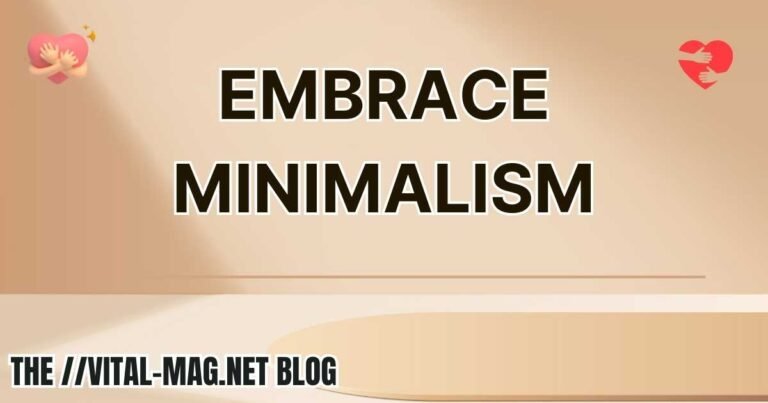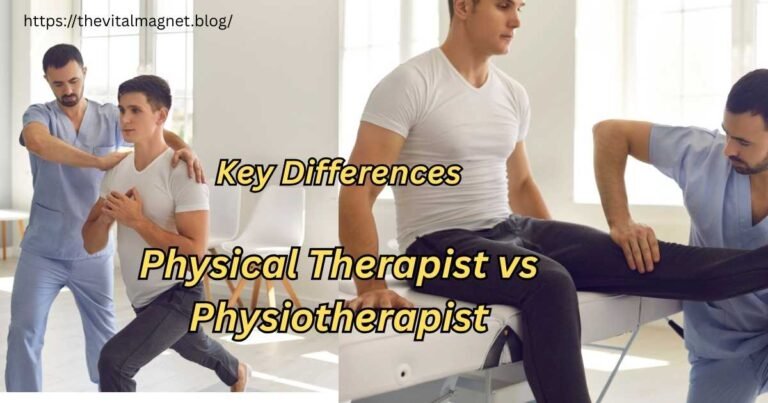Bulgarian Split Squat Muscles Worked: Complete Expert Guide

Introduction
The Bulgarian Split Squat has become a favorite among athletes, personal trainers, and fitness enthusiasts. Unlike the regular squat, this exercise shifts the workload onto one leg at a time, creating new challenges for strength, balance, and mobility. But the real question is: What are the exact Bulgarian Split Squat muscles worked?
This guide explains every muscle group activated during the exercise, why it’s so effective, and how you can use it to maximize growth and performance. Whether you’re training for aesthetics, athletic power, or rehabilitation, this movement deserves a permanent place in your program.
What Is the Bulgarian Split Squat?
The Bulgarian Split Squat is a single-leg squat variation where your front leg performs the majority of the work, while the back leg rests on a bench or platform behind you.
Why It Stands Out
- It exposes strength imbalances between legs.
- It places less pressure on the spine than barbell squats.
- It stretches the hip flexors of the rear leg.
- It trains strength, balance, and flexibility together.
Bulgarian Split Squat Muscles Worked: Primary Movers
Quadriceps
The quadriceps are the main drivers of this exercise. Every time you push up, the quads extend the knee and carry most of the load. EMG studies confirm higher quad activation in split squats compared to lunges.
Gluteus Maximus
The glutes extend the hips and stabilize the pelvis. A slight forward torso lean increases glute recruitment. If your goal is a strong or aesthetic posterior, Bulgarian Split Squats are a must.
Hamstrings
Though not the star players, the hamstrings assist with hip extension and provide stability to the working leg.
Secondary Muscles Supporting the Lift
- Adductors (inner thighs): Prevent the knee from collapsing inward.
- Calves: Keep the ankle steady throughout the movement.
- Hip Flexors: The rear leg experiences an intense stretch, improving mobility.
- Core & Obliques: Keep the torso upright and prevent rotation.
- Lower Back (erector spinae): Supports posture and prevents excessive leaning.
Biomechanics: Why It Works So Well
Several factors influence how the Bulgarian Split Squat muscles worked respond:
- Torso Position: Upright = quad-focused. Forward lean = glute-focused.
- Stance Length: Short stance = quads, long stance = glutes + hamstrings.
- Load Type: Dumbbells at the sides are easier for balance, while a barbell allows heavier loading.
- Bench Height: Too high overstretches hips, knee-level is ideal.
Benefits of Bulgarian Split Squats
- Leg Growth (Hypertrophy): Constant tension + deep stretch = maximum muscle fiber recruitment.
- Unilateral Strength: Helps balance both legs, improving overall squats and deadlifts.
- Joint-Friendly: Builds legs without heavy spinal compression.
- Balance & Coordination: Smaller stabilizer muscles get stronger.
- Mobility Gains: Rear leg stretch improves flexibility.
- Sports Performance: Boosts sprinting, jumping, and agility.
Step-by-Step Technique Guide
- Stand about two feet away from a bench.
- Place your rear foot on the bench (laces down or toes tucked).
- Keep chest upright, shoulders back, and abs engaged.
- Lower your body until the front thigh is parallel to the ground.
- Press through the front heel to rise back up.
- Repeat for 8–12 reps, then switch legs.
👉 Coaching Cue: Keep your knee aligned with your toes—don’t let it cave inward.
Common Errors and Fixes
- Error: Feet too close together → Fix: Step further out for balance.
- Error: Leaning excessively forward → Fix: Keep torso slightly upright.
- Error: Rear leg doing too much → Fix: Focus weight on front heel.
- Error: Knee drifting inward → Fix: Engage adductors, track over toes.
- Error: Going too shallow → Fix: Aim for full depth to maximize benefits.
Bulgarian Split Squat Variations
- Bodyweight Split Squat: Beginner-friendly.
- Dumbbell Bulgarian Split Squat: Hypertrophy focus.
- Barbell Split Squat: Strength overload.
- Goblet Variation: Great for form correction.
- Smith Machine Split Squat: Extra stability.
- Front Foot Elevated: Increases range of motion.
- Deficit Split Squat: Adds depth and intensity.
- Plyometric Split Squat: Explosive power for athletes.
Programming for Results
- Beginners: 2–3 sets × 10–12 reps (bodyweight or light dumbbells).
- Hypertrophy: 3–5 sets × 8–12 reps (moderate to heavy weights).
- Strength: 4–6 sets × 4–6 reps (barbell or heavy dumbbells).
- Athletic Power: Add jump or plyometric variations.
- Endurance: 3–4 sets × 15–20 reps (lighter load).
Advanced Training Tips
- Pause Reps: Hold at the bottom for 2–3 seconds to increase tension.
- Tempo Training: Slow descent (4–5 seconds) for hypertrophy.
- Unilateral Loading: Hold a dumbbell in one hand to challenge the core.
- Superset Strategy: Pair with Romanian Deadlifts for total leg development.
- Progressive Overload: Increase weight weekly to keep progressing.
FAQs
1. What are the primary Bulgarian Split Squat muscles worked?
The quads and glutes are the main muscles, with hamstrings, calves, adductors, and core supporting.
2. Can they replace back squats?
Not completely, but they complement squats well by improving balance and stability.
3. Do Bulgarian Split Squats hurt the knees?
Not if done correctly—keep knee aligned with toes and avoid shallow reps.
4. Should beginners try them?
Yes, but start with bodyweight and use support if needed.
5. How often should I include them?
1–2 times per week is enough for most people.
6. Do they target more quads or glutes?
Both, but stance length and torso angle decide the emphasis.
Conclusion
The Bulgarian Split Squat muscles worked include the quadriceps, glutes, and hamstrings as primary movers, supported by stabilizers like the adductors, calves, hip flexors, core, and lower back. This makes the exercise one of the most comprehensive and effective lower-body movements.
By adding Bulgarian Split Squats to your training, you can expect stronger, more balanced legs, improved athletic performance, and better mobility—all with less stress on the spine compared to heavy squats.
If your goal is muscle growth, strength, or functional fitness, this single-leg powerhouse should never be ignored.






